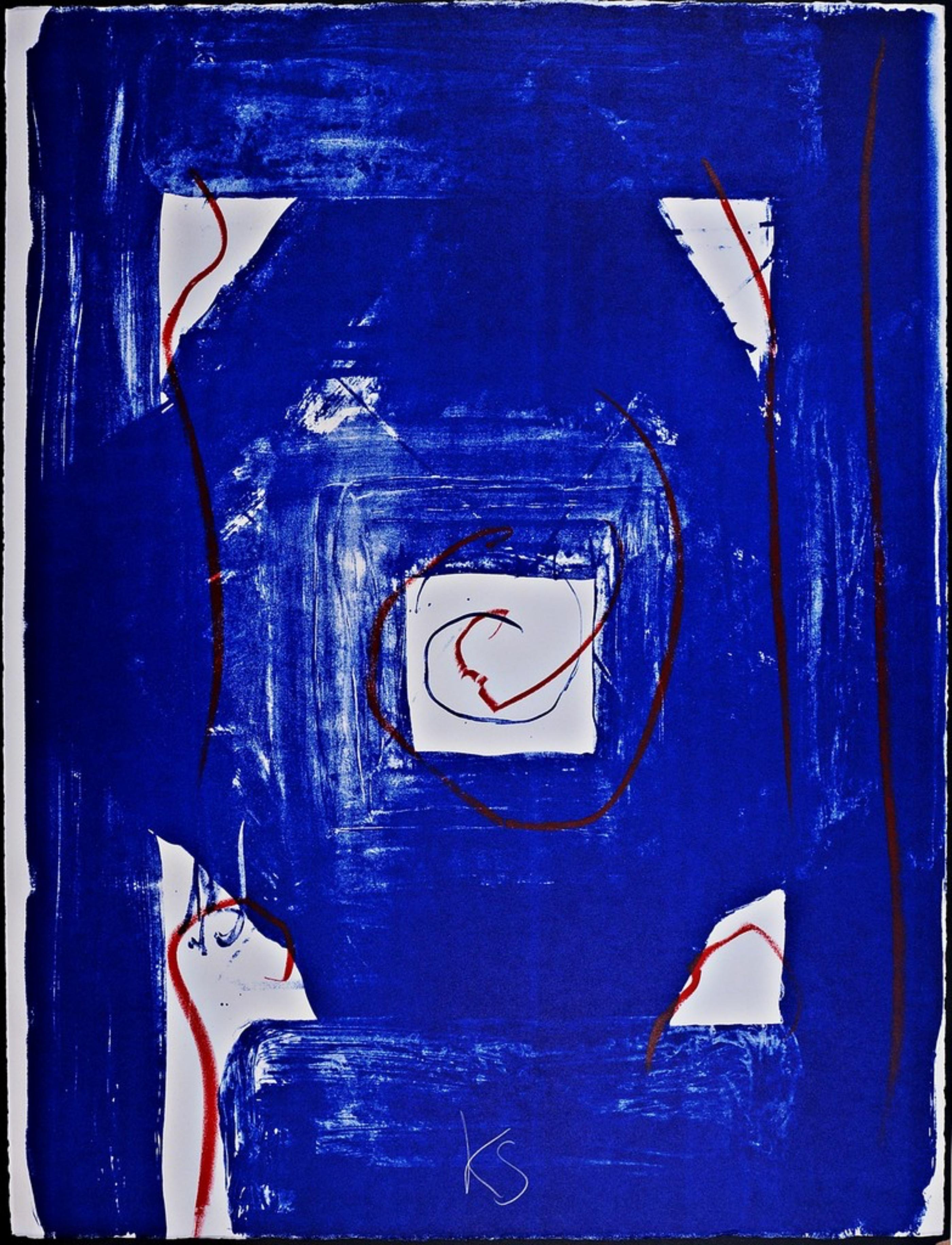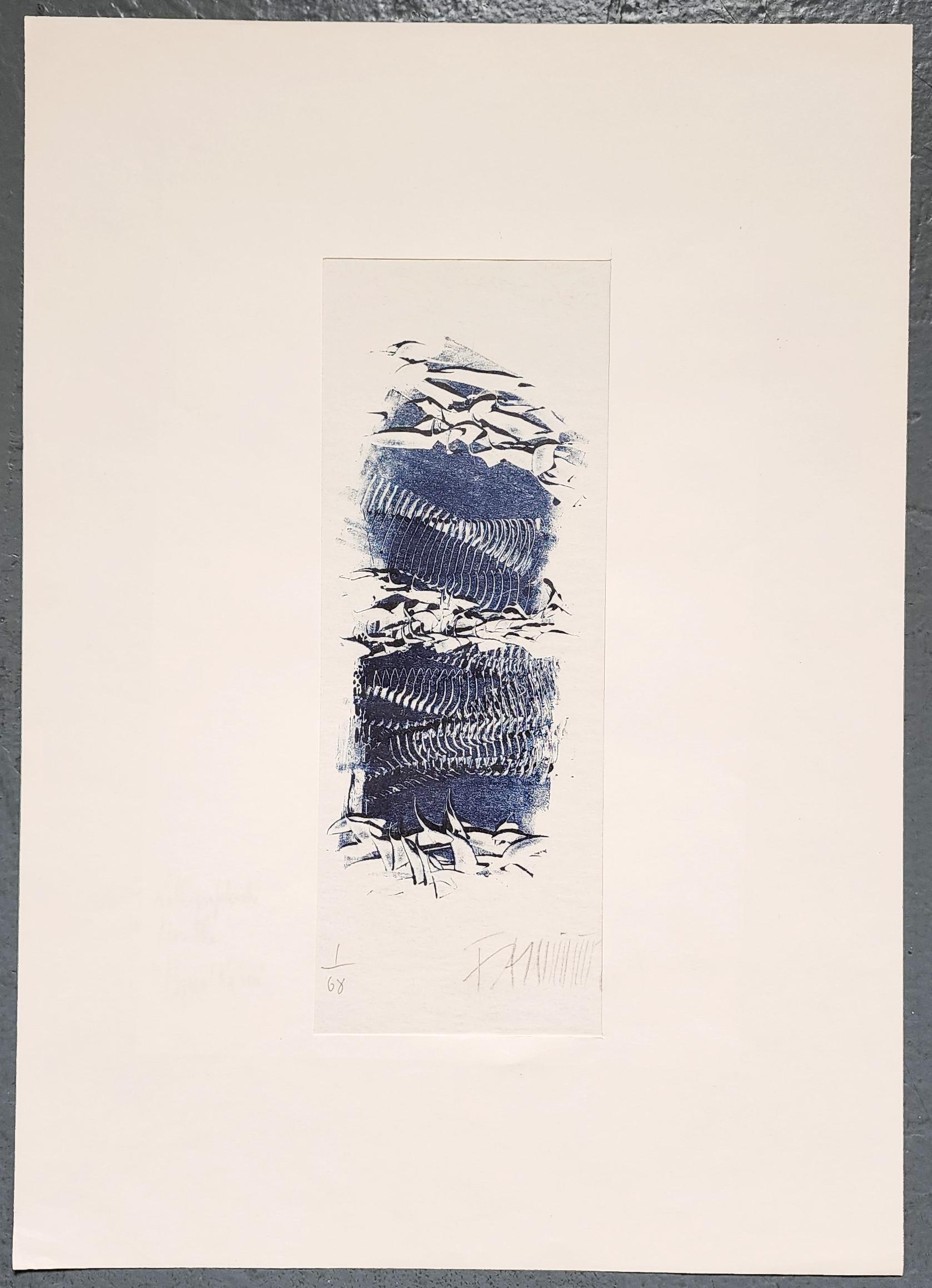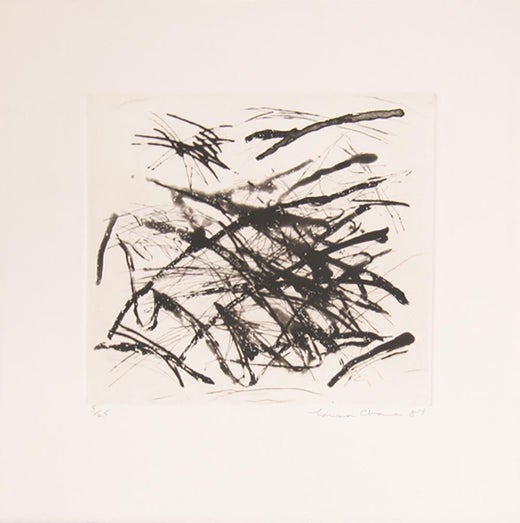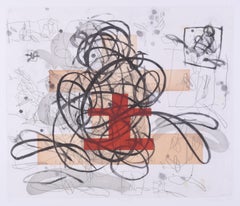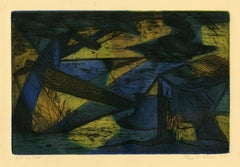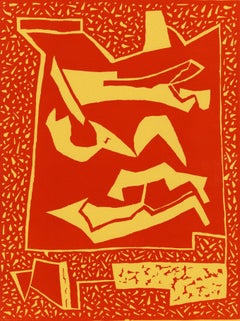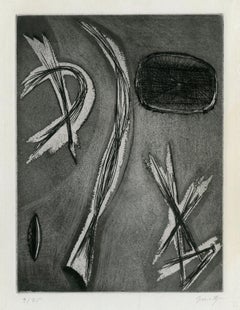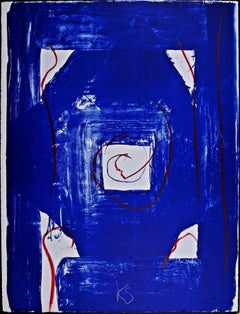Louisa ChaseUntitled (Undertow Variant)1984
1984
About the Item
- Creator:Louisa Chase (1951 - 2016, American)
- Creation Year:1984
- Dimensions:Height: 18 in (45.72 cm)Width: 15 in (38.1 cm)
- Medium:
- Movement & Style:
- Period:
- Condition:
- Gallery Location:Fairlawn, OH
- Reference Number:Seller: FA104921stDibs: LU14015913782
Louisa Chase
Louisa Chase was born in Panama City, Panama. Seven years later, her family moved to Lancaster, Pennsylvania. She studied painting and sculpture at Syracuse University and at the Yale University School of Art. In 1975, she moved to New York and had her first solo show at Artists Space.
Chase was among the wave of Neo-Expressionists of the 1980s who rejected the detached, pared-down approach of Minimalism and Conceptualism in favor of a dynamic technique and the use of symbolic imagery in her paintings and prints. She has had numerous solo shows in New York, Los Angeles, and Toronto, and has participated in group exhibitions held in the United States and abroad, notably at the Daimaru Exhibition Hall in Osaka, Japan, the Cincinnati Art Museum, the Metropolitan Museum of Art, New York, and the American Pavilion at the Venice Biennale 1984.
In 1984, the Institute of Contemporary Art in Boston organized a traveling exhibition of Chase’s work, and in 1997 the Madison Art Center held a retrospective exhibition of her prints.
Chase is a recipient of grants from the National Endowment for the Arts in 1978–79 and 1982–83. She has taught at the Rhode Island School of Design, the School of Visual Arts in New York, and at the Skowhegan School of Painting and Sculpture in Maine.
Chase’s work can be found in major public collections across the country, including the Brooklyn Museum of Art; the Albright-Knox Art Gallery, Buffalo, New York; the Denver Art Museum, Colorado; the Nelson-Atkins Museum of Art, Kansas City the Madison Art Center, Wisconsin; the Walker Art Center, Minneapolis; the Museum of Modern Art, New York; The Metropolitan Museum of Art, New York; the New York Public Library; the Whitney Museum of American Art, New York; and the Corcoran Gallery of Art, Washington, D.C.
(Biography provided by Diane Villani Editions)
- ShippingRetrieving quote...Shipping from: Fairlawn, OH
- Return Policy
More From This Seller
View All1990s Abstract Expressionist Abstract Prints
Aquatint
Mid-20th Century Abstract Geometric Abstract Prints
Engraving, Etching, Aquatint
1950s Abstract Geometric Abstract Prints
Linocut
1960s Abstract Expressionist Abstract Prints
Engraving
1960s Abstract Expressionist Abstract Drawings and Watercolors
Watercolor
1950s Abstract Abstract Drawings and Watercolors
Ink
You May Also Like
1980s Abstract Expressionist Abstract Prints
Etching, Aquatint
1980s Abstract Expressionist Abstract Prints
Lithograph
1960s Abstract Geometric Abstract Prints
Lithograph
1980s Abstract Abstract Prints
Lithograph
1960s Abstract Prints and Multiples
Monotype
21st Century and Contemporary Abstract Expressionist Abstract Prints
Etching
